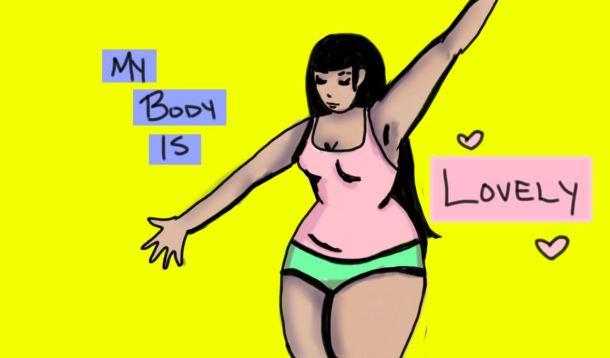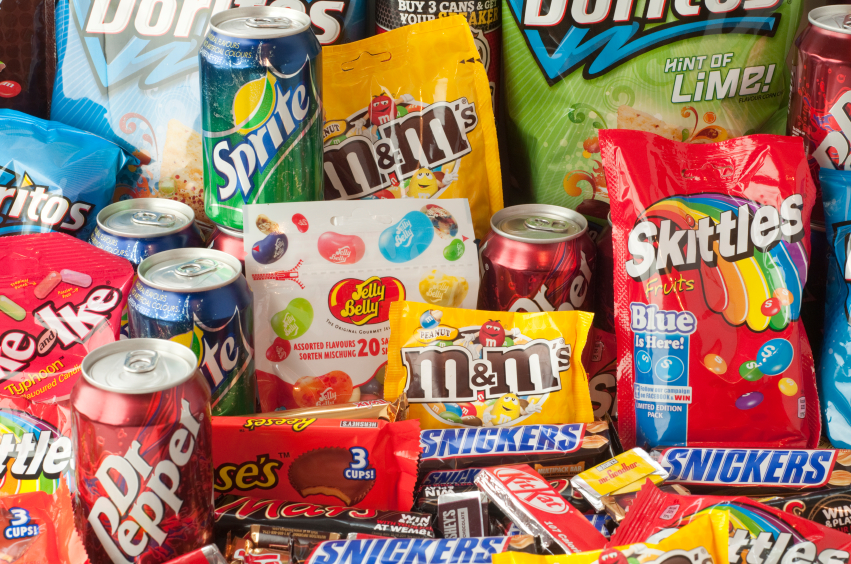by Christina Szalinski
The scent of bubbling chicken stock permeates my small old home. I inhale the memories of childhood holidays; my father simmering the leftover turkey carcass the morning after a day of feasting; a heartwarming broth of bones, onions, carrots and vegetable scraps. But I have a different reverence for the chicken simmering in my pot, because I sliced off its head.
I have attempted to make my home a rural patch of Pittsburgh. However, urban farming has proved to be more difficult than my Urban Farm subscription makes it seem. My shady city yard barely manages to produce scrawny herbs and a few stubs of kale. The city dashed my hopes for a few little egg layers by making them illegal on my lot just as I was drawing plans for a coop.
I fantasize about my future backyard: a garden brimming with vegetables, rows of fruit-bearing trees and shrubs, chickens pecking and scratching at the ground, perhaps a goat whose udders are heavy with milk. The earth’s bounty will be visible, audible, and smellable. Abundant fresh food will be a few feet away.
However, a backyard is not requisite for every aspect of hobby-farmer training. During my stint in the city there is plenty to learn; seasonal cooking, cheese making, canning, fermenting, rendering, composting, charcuterie, and most recently, butchering.
The sun streams in through my kitchen window, avoiding my garden, and I stand at the sink looking down at my work. I pick every edible morsel of the chicken’s boiled body so nothing is wasted. I think about the last moments of his free-roaming life and how he came to be in my kitchen.
Whenever possible, I interrogate a hobby-farming coworker, Andy. I search him for bits of experienced hobby-farmer wisdom. What chicken varieties are your best layers? Why do you prefer oxen to draft horses for plowing? Do you have chickens available for meat? Andy eventually invites me to his hobby-farm to help him process chickens.
I drive an hour north of the city to Andy’s home on a wet weekend morning, astonished at the length of his daily commute. His driveway is lined by a fence enclosing geese on the left and goats on the right. Behind the goats is a studio-sized chicken coop. Striped, black, red, white, and iridescent chickens strut freely all over the property, softly murmuring between quick attacks on insects and seeds.
I usually see Andy in blue scrubs, but here he is dressed in a stained white shirt and splotchy denim overalls tucked into rubber boots. Farmer Andy introduces me to his wife then shows me around his ten-acre farm. I breathe in fresh country air laced with scents of mud and fresh cut grass. I study the detailed and practical construction of his large coop. A large rectangle box protrudes from the side of the coop. I lift the hinged roof and a black hen, busy laying an egg, twists her head to peer at me with one round eye.
Andy takes me into a pasture with two giant red oxen. I pretend not to be fearful of the potentially disemboweling long horns while I rub the sleek coat of an ox. I watch the ox curl its smooth tongue into its nostril as it stomps and shakes away flies. We leave the pasture, walk past the untamed sunflower field, and meet the unlucky birds quarantined in an animal carrier.
Deftly, Andy reaches into the cage and grabs a young rooster by the legs, hanging it upside down. He ties orange synthetic bailing twine above its scaly yellow feet and strings it to a white and blue spiral-striped swingset frame. The upside-down bird is remarkably calm and still, its hanging wings resemble a wide W.
Andy holds the chicken’s head with one hand and quickly slices through its neck with a sharp knife. The headless fowl suddenly becomes animated, flapping wildly, spraying blood from the writhing stump all over the grass. Andy repeats the process with two more birds. With one rooster remaining I ask, “Do you mind if I do it?”
Creases form in Andy’s forehead as his eyebrows rise. He expected help with plucking and cleaning the birds, not with butchering. Having never killed a land animal before, I am nervous that I might cause the rooster more pain than necessary. But for the sake of my future farm, I believe this is something I need to learn.
Andy hands me the weapon. The tranquil rooster sees an inverted, lanky, virgin-butcher approaching it with a dagger. I put my left hand around the rooster’s thin neck. His dark red feathers are downy and soft. The bird remains completely motionless despite my contact. The misty rain feels cool on my face and hands.
I position the knife at his neck, take a deep breath, and silently thank him for his life. With full force I slide the knife into his flesh, meeting resistance at the spine. My heart pounds, not wanting him to suffer. I grit my teeth and push the knife though the dense cartilage of his vertebrae. Severing the spine feels like cutting through wet rope.
I let the head fall to the ground and step back from the spewing blood. I expect to feel sadness and grief for having taken an animal’s life. Instead I feel grateful; grateful for the rooster providing food, grateful for Andy giving him a good life, grateful for the opportunity to experience the sacrifice of eating meat.
Once the rooster’s flailing subsides, Andy takes him down and dunks the body in a tub of boiling water on an outdoor propane burner. The drenched bird shrinks instantly as the puffy feathers become heavy and wet. Big raindrops smack my head and shoulders. Andy suggests we complete the process in the kitchen.
We set the birds on the granite island. I glance around the recently built home. There is hardly any furniture or objects, the walls are naked and neutral, and there are no appliances on the countertops. The few objects I notice are intended for the baby on the way. Evidently, Andy and his wife take more interest in their outdoor activities.
I grab a handful of wet feathers and pull. Dark red quills poke out between my fingers. I repeat the motion until the fowl is nearly stripped. Then I tweeze the last stubborn feathers with my thumb and index finger. The bare bird looks nothing like its relatives at the grocery store. It’s lean and covered with dark fuzz from the downy feather shards that won’t wash off.
Andy shows me how to delicately cut around the anus and loosen the entrails. The greenish ribbons of intestine fall from the cavity. The guts reek, not surprisingly, like chicken shit. Andy’s hand disappears in the carcass and comes out with tiny organs. With Andy’s guidance it’s my turn to eviscerate a chicken.
The warmth of the carcass is startling, having always handled meat straight from the refrigerator. The firm folds of intestines come out easily. My fingertips probe to detach the dense and slippery kidneys. I penetrate the thin diaphragm to remove the spongy lungs and almond sized heart. The esophagus, slick and membranous, separates from the body with the force required to unplug a toaster. I rinse the hollow carcass, put it in a bag, and drive home.
Back in the city I roast the rooster and baste him with Amish butter, rosemary, and garlic. I purée the cooked heart, liver and gizzard with cream, shallots and sherry and enjoy the bold and pungent flavor of the pâté on a baguette. I eat my meal slowly, letting each bite linger in my mouth, appreciating the full flavor his life provided. The meat is moist and rich from his diet of sunflower seeds and insects. The leftovers of the chicken become fragrant stock with onions and carrots from farmer friends, Jane and Jeff, and herbs from my garden. I have never felt more connected to my dinner.
Christina Szalinski is a science writer for the American Society for Cell Biology and recently earned her Ph.D. in cell biology. She also writes about eating local on her blog, Locavore for Life.




